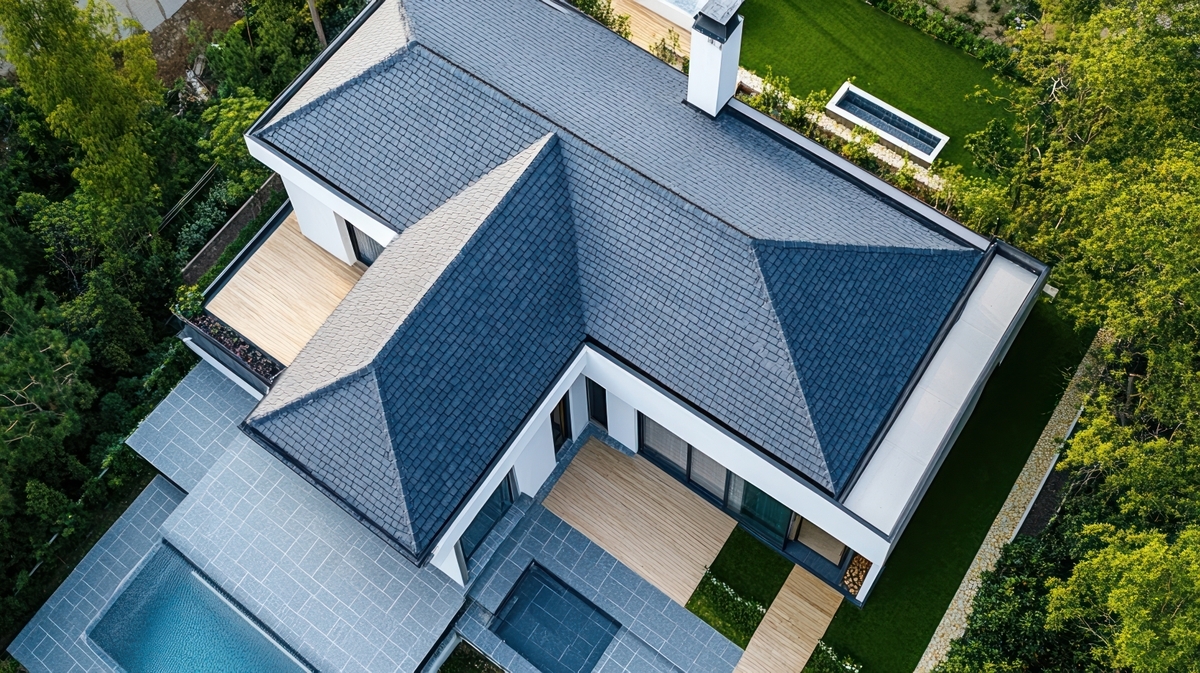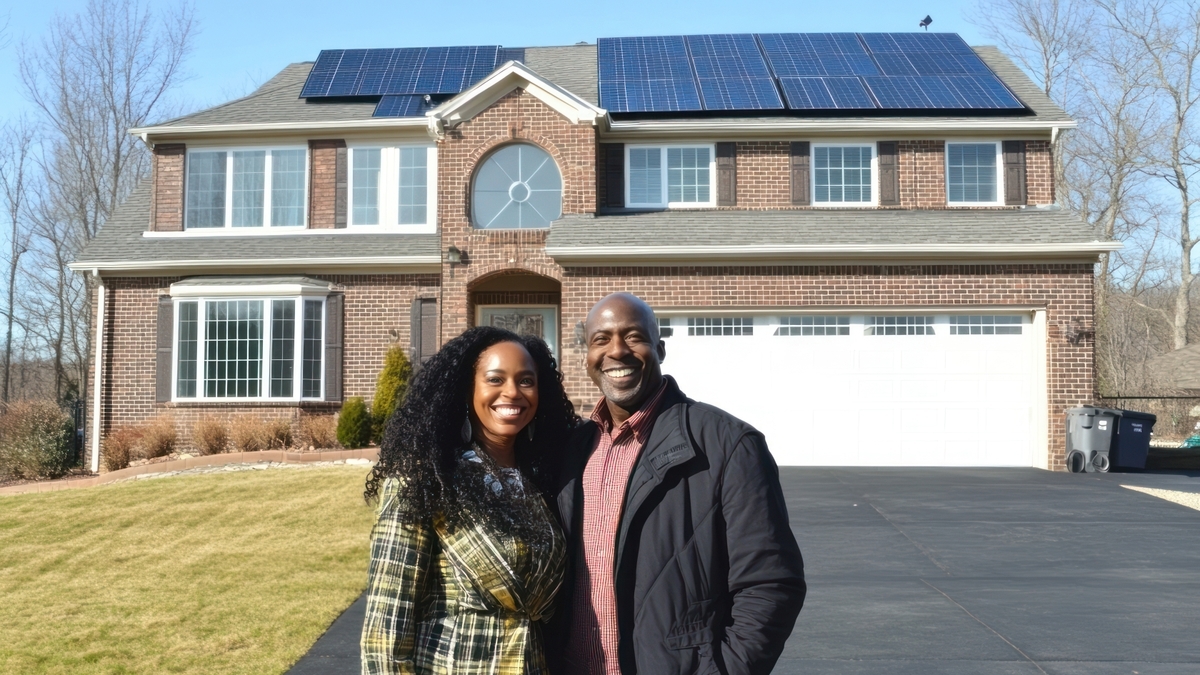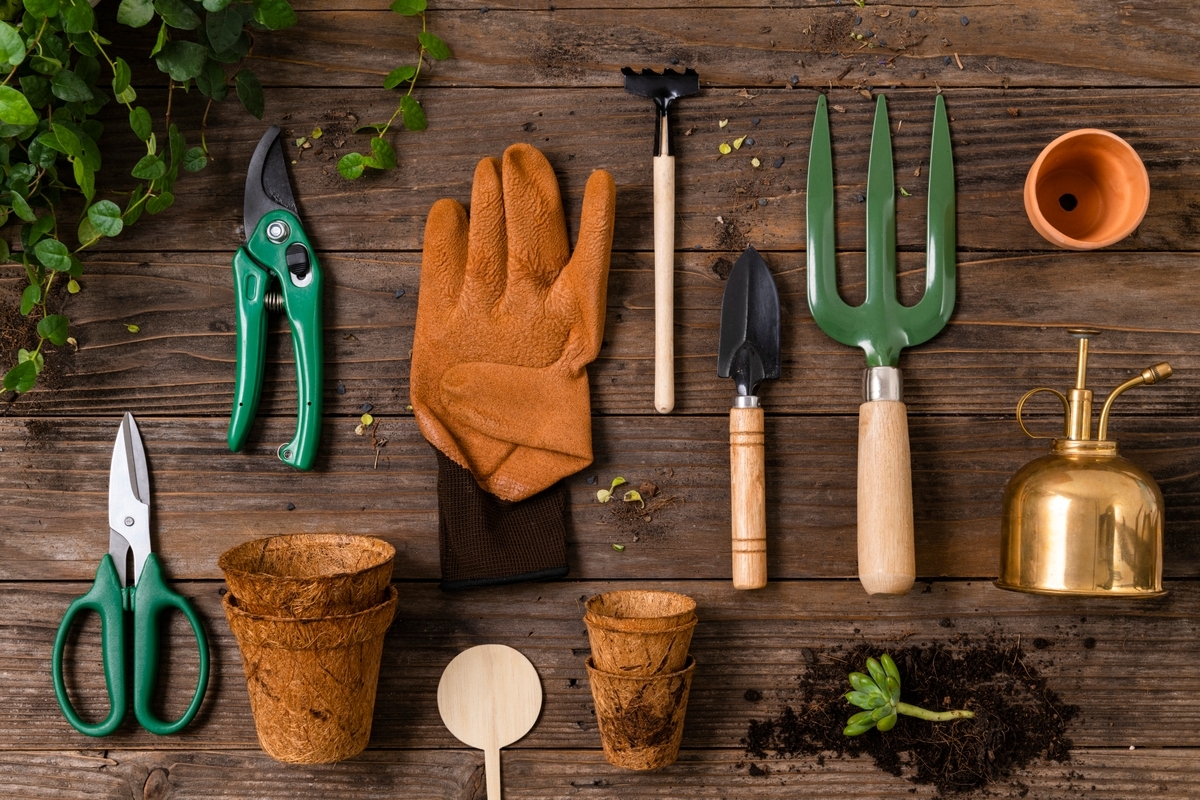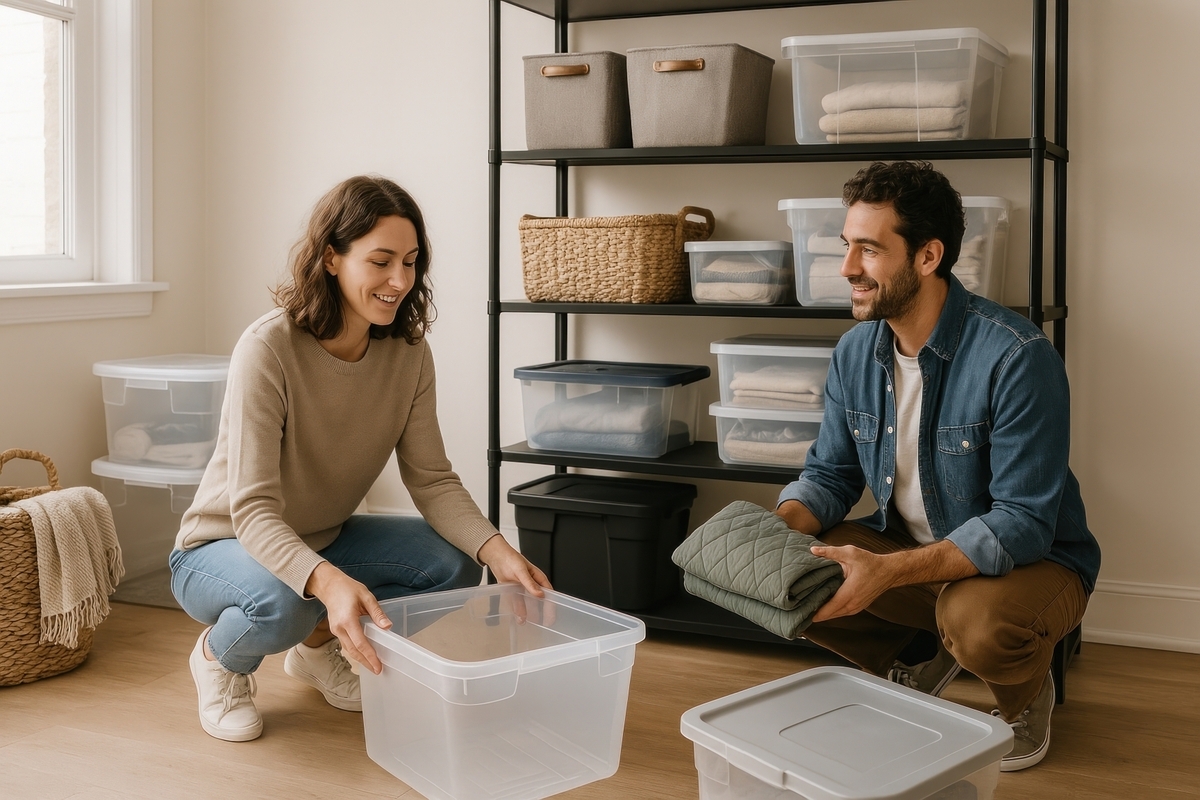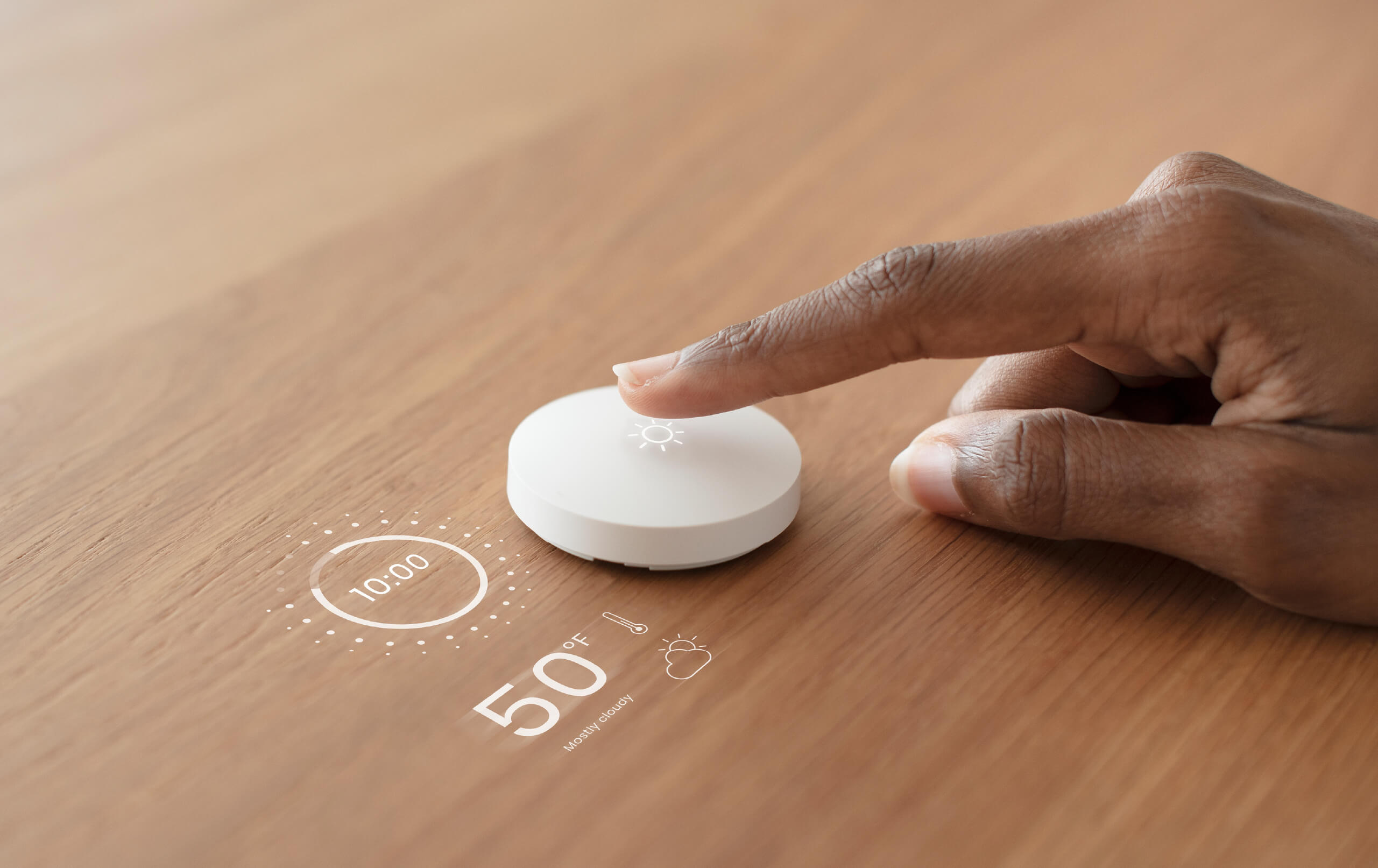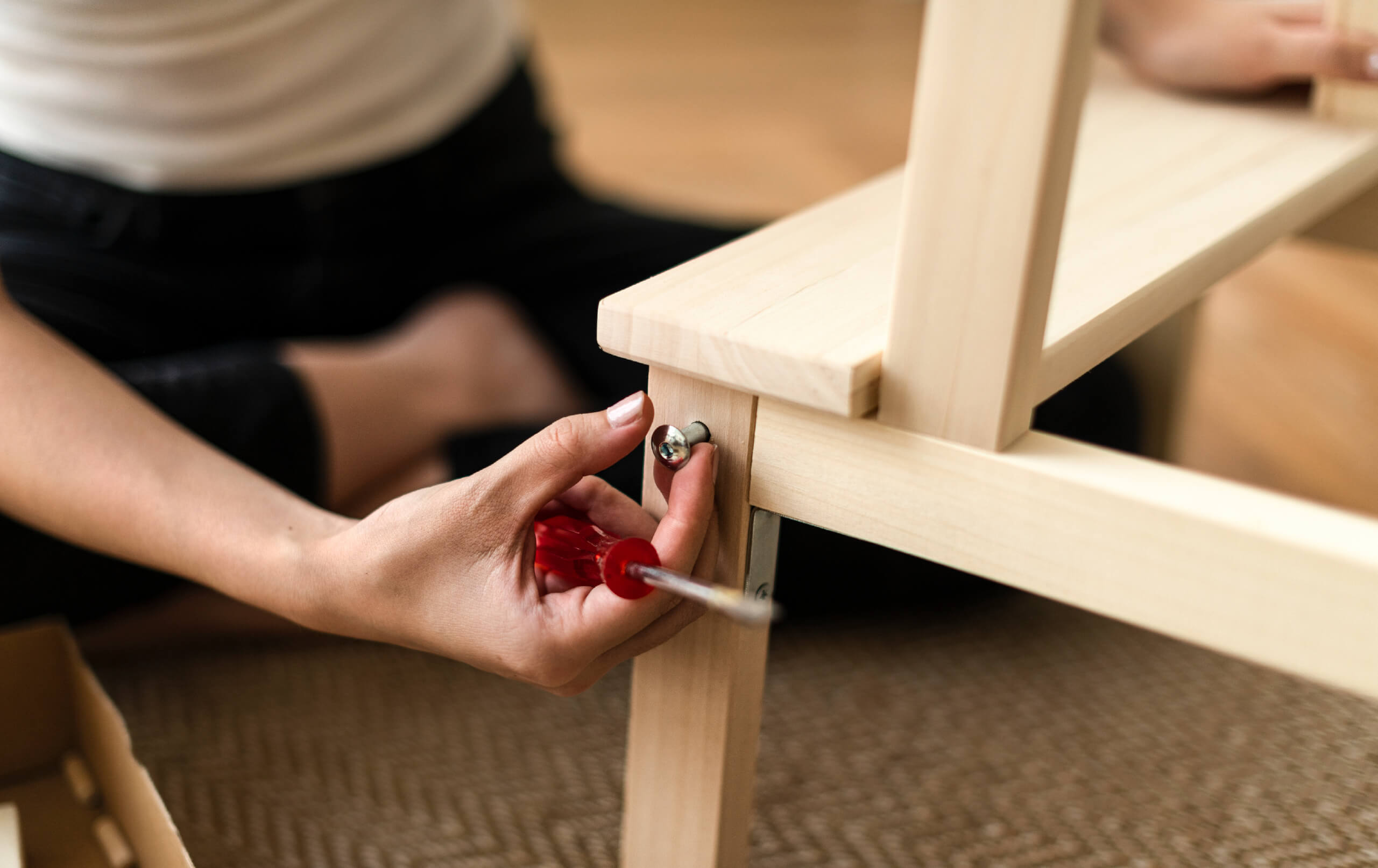Prevent Mold and Mildew This Summer
5 minute read

Summer is a time for relaxation and fun, but it can also bring unwelcome guests into your home: mold and mildew. The warm, humid conditions of summer create the perfect environment for these fungi to thrive, potentially causing health issues and damaging your home. Here’s how you can prevent mold and mildew from taking hold during the hot months.
Understanding Mold and Mildew
Mold and mildew are fungi that grow in damp, warm, and humid conditions. While mold appears as black or green patches, mildew is typically gray or white and is powdery. Both can cause respiratory problems, allergic reactions, and other health issues, making it crucial to address them promptly
Key Areas to Monitor
- Bathrooms
- Ventilation: Ensure your bathroom is well-ventilated. Use an exhaust fan or open a window during and after showers to reduce humidity.
- Regular Cleaning: Clean surfaces regularly with mold-inhibiting solutions. Pay special attention to tiles, grout, and shower curtains.
- Kitchens
- Fix Leaks Promptly: Check under sinks and around dishwashers for leaks. Repair them immediately to prevent water accumulation.
- Use Dehumidifiers: Consider using a dehumidifier in areas where moisture tends to build up, such as the kitchen and laundry room.
- Basements and Attics
- Moisture Control: Basements and attics are particularly prone to mold. Use a dehumidifier and ensure proper insulation to prevent moisture build-up.
- Inspect for Leaks: Regularly check for leaks in the foundation, walls, and roof. Seal any cracks or openings.
General Tips to Prevent Mold and Mildew
- Maintain Humidity Levels
- Ideal Humidity: Keep indoor humidity levels below 60%. Using air conditioners and dehumidifiers can help manage humidity effectively.
- Improve Air Circulation
- Air Flow: Enhance air circulation in your home by using fans, opening windows, and keeping interior doors open. Good airflow reduces the chances of mold growth.
- Regular Cleaning and Maintenance
- Frequent Cleaning: Clean and dry any areas prone to moisture promptly. Regularly wipe down surfaces and ensure they are kept dry
- Check HVAC Systems: Ensure your HVAC systems are clean and working efficiently. Dirty filters and ducts can harbor mold spores and distribute them throughout your home
- Use Mold-Resistant Products
- Mold-Resistant Materials: In areas prone to moisture, consider using mold-resistant drywall, paint, and other materials. These products can significantly reduce the risk of mold growth.
Quick Fixes for Small Mold Issues
- Vinegar Solution: Spray undiluted white vinegar on moldy areas, let it sit for an hour, and then wipe clean. Vinegar can kill up to 82% of mold species.
- Baking Soda: Mix one-quarter tablespoon of baking soda with water and spray it onto the moldy area. Scrub the area and rinse with water. Baking soda not only kills mold but also absorbs moisture.
Professional Help
For extensive mold infestations, it's best to seek professional help. Professionals can identify the source of the problem, remove the mold safely, and prevent future growth
By following these tips and keeping a vigilant eye on moisture-prone areas, you can prevent mold and mildew from becoming a problem in your home this summer. Stay proactive, and enjoy a healthier, mold-free living space!
Sources:
- NAR Realtor
- Bobvila
- Safewise






